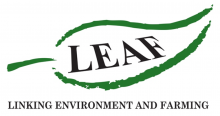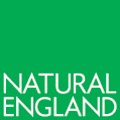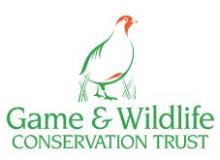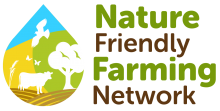See the RSPB advice and support on promoting and practicing wildlife friendly farming.
The FAO defines conservation agriculture as - a farming system that promotes minimum soil disturbance (i.e. no tillage), maintenance of a permanent soil cover, and diversification of plant species. It enhances biodiversity and natural biological processes above and below the ground surface, which contribute to increased water and nutrient use efficiency and to improved and sustained crop production.
Three principles of conservation agriculture:
- Minimum mechanical soil disturbance - (i.e. no tillage) through direct seed and/or fertilizer placement.
- Permanent soil organic cover - (i.e. no tillage) through direct seed and/or fertilizer placement.
- Species diversification - (i.e. no tillage) through direct seed and/or fertilizer placement.
Link to FAO Conservation Agriculture page








